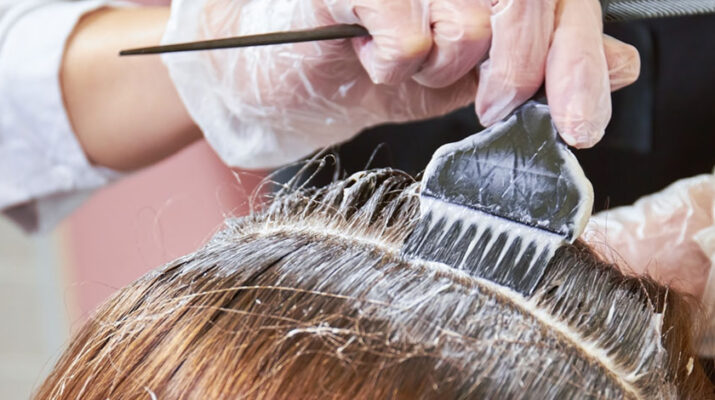Deborah Jeanne Sergeant

A new study published by BMJ indicates that permanent hair color does not increase risk of most cancers and only slightly elevates risk of a few.
For 36 years, the study followed 117,200 women in Boston who did not have cancer at the beginning of the study.
The women who used hair dye did not show an increase of cancers of the bladder, brain, colon, kidney, lung, blood and immune system nor those effecting the skin or breast.
Only slight risk of basal cell carcinoma of the skin was seen in women with naturally light hair.
Certain breast cancers also showed a slight risk in correlation with the amount of dye exposure.
Risk for Hodgkin lymphoma increased for women with naturally dark hair.
The research is limited because it mainly included white women of European origin and no men, although only 10% of men use hair color.
The study also was not conducted as scientifically as possible because some of the women stopped and restarted using color or may have misclassified their coloring product as permanent when it was temporary.
Still, the research does not indicate a marked elevation of risk, which should be a relief for the scores of those turning to bottles of dye to maintain their look while at home during the pandemic.
“It’s not clear how much personal hair dye use might raise cancer risk, if at all,” said Jason Coleman, Cancer Control Strategic Partnerships manager for American Cancer Society throughout Upstate New York. “Most studies done so far have not found a strong link, but more studies are needed to help clarify this issue.
“If someone is still concerned about hair dye safety, they can embrace their natural hair color or try some of the newer hair dye products that are vegetable-based. These products may have some drawbacks, such as not being able to change hair color drastically or having the color fade sooner than is seen with permanent dyes unless they contain some of the same ingredients as the permanent dyes.”
There is also a difference between home color available at stores and color used at salons by professionals such as Keisha Boothman, teacher assistant at Cayuga-Onondaga BOCES’ cosmetology program.
“All of these products we use are approved by the FDA and everything we use is safe,” Boothman said. “The greater danger is the at-home mess-up that you have to have fixed at the salon. That will cost more in the long run. You’ll spend four times the amount to get it fixed if the boxed color goes wrong.”
One of the problems of over-the-counter color is that the solutions are not custom prepared for the user’s needs like salon color. Kasey Castetter, owner and color specialist for Evan Michaels Salon in Syracuse, said that boxed color is one-size-fits all. “That’s not the case here. We formulate for each client.”
She has worked in the industry for 25 years.
Salon professionals also patch test new clients or if using a new product on an existing client. Home users may not want to waste their product and simply go for it, risking a bad reaction.
“You may get something that’s too strong for you,” Castetter said. “We can do something that’s less potent and made for your hair’s needs—made for you.”
She said that the product she uses has long since removed all the ingredients that were associated with elevated cancer risk.

